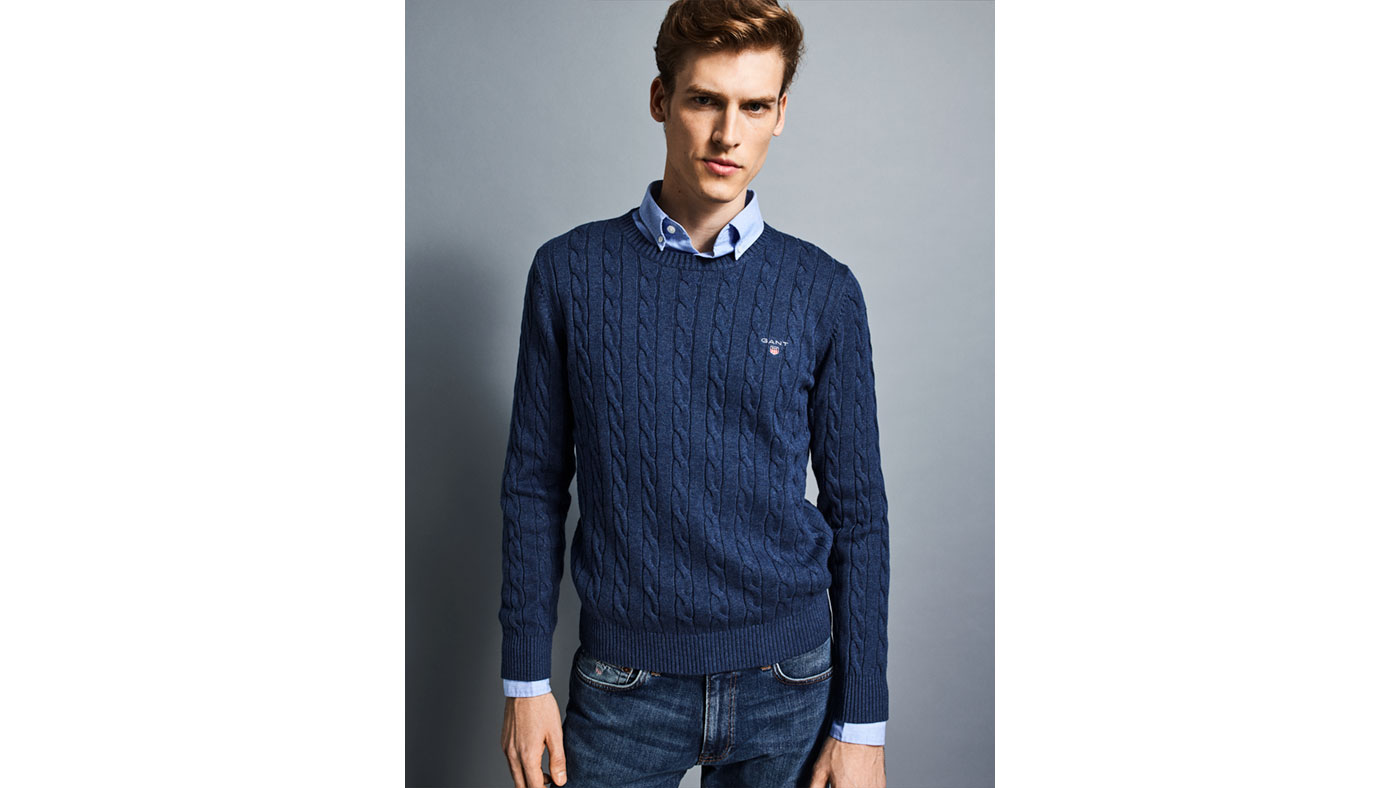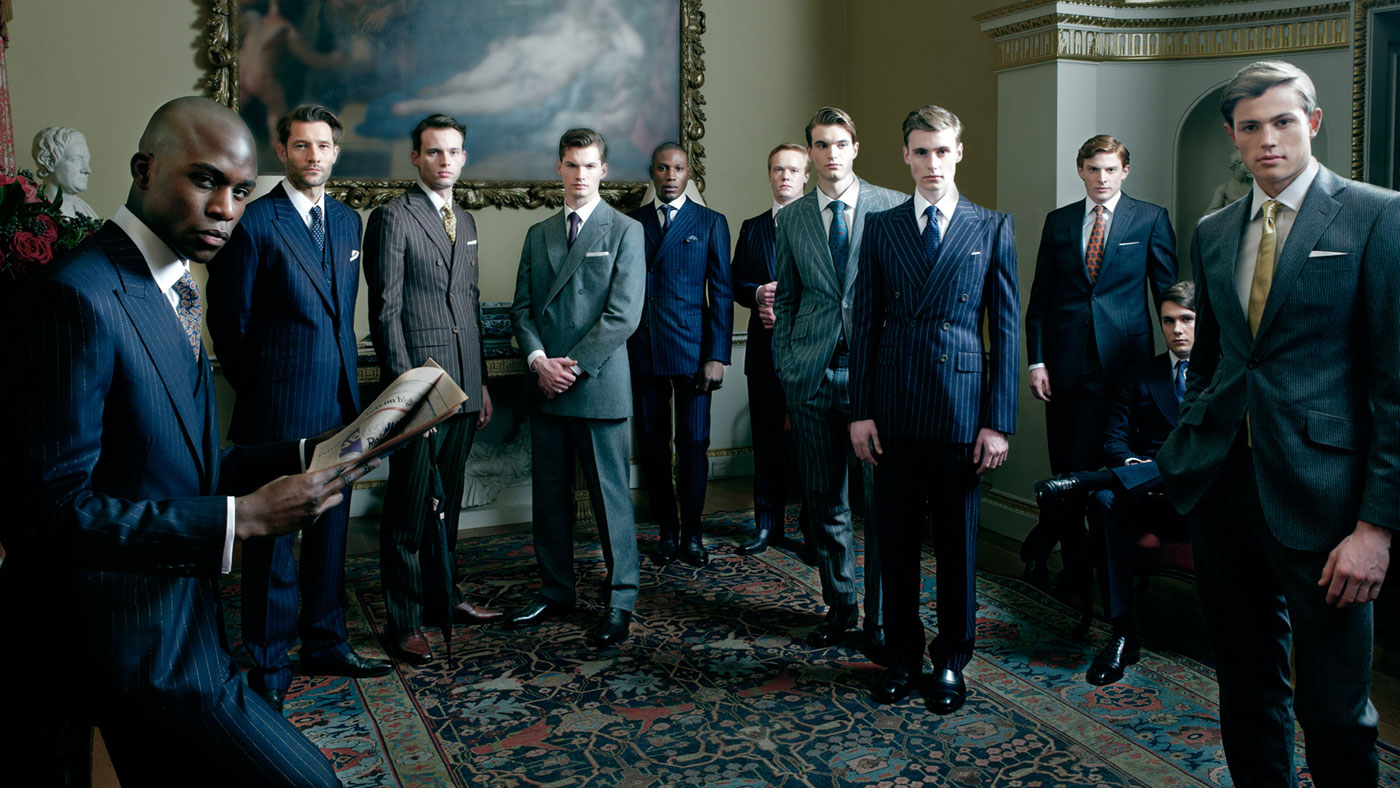The history of an icon: The Gant shirt
Built from one Ukrainian immigrant’s American dream, these shirtmakers soon became pioneers in fit, form, function and print





It’s one of the most versatile garments in the male wardrobe: the white button-down collar shirt is simultaneously smart and relaxed, clean-cut and just a little bit louche. It’s one of those go-anywhere, wear-anytime items. Its popularity, however, might be attributed to a group that, historically, has not been among the best dressed of people: students.

OK, so this was in the 1950s, and it was at the elite establishment Yale – but when one Bernard Gantmacher managed to sell his shirts to the campus shop, the Yale Co-Op, their popularity propelled them into becoming a key component of Ivy League style, itself arguably the most influential look in menswear over the last half century. Gantmacher was the Ukrainian immigrant maker behind the Par-Ex shirt company which, pre-war, supplied to Brooks Brothers, that other great exponent of the button-down shirt, and other men’s outfitters. He would also become – borrowing from his surname – the man behind Gant, the company he established in 1949.

Indeed, if Brooks Brothers shaped the basic style of the shirt – lifting it out of the sporting arena, and that of polo specifically, with the buttoning designed to stop the collar flapping in the rider’s face – Gant added some distinctive and lasting touches: a box pleat, to make the shirt more comfortable to wear; a button at the back of the collar, to stop it riding up over a tie; and, perhaps most distinctively, the locker loop on the back. This was so the shirt could be hung rather than folded, though aforementioned students, the story goes, were also said to cut off this loop as an indicator that they had a steady girlfriend.
The Week
Escape your echo chamber. Get the facts behind the news, plus analysis from multiple perspectives.

Sign up for The Week's Free Newsletters
From our morning news briefing to a weekly Good News Newsletter, get the best of The Week delivered directly to your inbox.
From our morning news briefing to a weekly Good News Newsletter, get the best of The Week delivered directly to your inbox.
It was, however, less these additional details that separated one button-down shirt from another, as the cut: and it was Gantmacher’s shirt-making experience, tempered by his sons’ fashion sensibility, that saw the company’s flagship garment stand out through the just-so roll of its collars. It was, it was said, too complex for competitors to copy.

Not that Gant sat around waiting for them to do so. Such was the appeal of the white button-down shirt that, Gant noticed, women were borrowing them to wear themselves: so the company introduced a version for them. ‘Gant makes shirts for women, not blouses,’ the advertising stressed. And, ironically, as fashions changed, it wasn’t that classic white button-down shirt that the company became best known for, but for its button-down shirts in bold patterns and colours. At one point Gantmacher’s sons even forbade sales staff from wearing a white one to work. Thankfully, that never stopped anyone else from doing so.
Photographer: Matthew Shave; fashion director: Jo Hambro; photography assistants: Chantel King and Lainey Lawlor; fashion assistant: Julia Lurie; hair: Lou Box at S Management using Malin + Goetz and Kiehl's; model: Joel Meacock at IMG Models. gant.co.uk
A free daily email with the biggest news stories of the day – and the best features from TheWeek.com
-
 Homes with great fireplaces
Homes with great fireplacesFeature Featuring a suspended fireplace in Washington and two-sided Parisian fireplace in Florida
-
 Is $140,000 the real poverty line?
Is $140,000 the real poverty line?Feature Financial hardship is wearing Americans down, and the break-even point for many families keeps rising
-
 Film reviews: ‘The Secret Agent’ and ‘Zootopia 2’
Film reviews: ‘The Secret Agent’ and ‘Zootopia 2’Feature A Brazilian man living in a brutal era seeks answers and survival and Judy and Nick fight again for animal justice
-
 Peacocks of Jermyn Street: Turnbull & Asser
Peacocks of Jermyn Street: Turnbull & AsserSpeed Read As tailors to royalty, artists and spies alike, shirts from this British institution make for elegant workwear and stylish weekends
-
 Ferragamo: Bringing the French Riviera to Italian menswear
Ferragamo: Bringing the French Riviera to Italian menswearIn Depth Guillaume Meilland tells us how being from France has influenced his new take on the Italian house's heritage
-
 Caruso's Umberto Angeloni: The versatile jacket
Caruso's Umberto Angeloni: The versatile jacketIn Depth The Italian brand's chief executive on how the jacket can solve that tricky ‘smart/casual’ conundrum
-
 Sense of style: Stefano Ricci
Sense of style: Stefano RicciIn Depth The stalwart of tailoring and tradition considers the cost of quality
-
 The English gentleman: Savile Row and the DNA of menswear
The English gentleman: Savile Row and the DNA of menswearIn Depth As London Fashion Week Men's celebrates its fifth year, a new website pays tribute to the city's rich menswear heritage
-
 Enfant terrible to godfather: Richard James on Savile Row
Enfant terrible to godfather: Richard James on Savile RowIn Depth The tailor famed for outfitting the great and good of Britpop is celebrating a quarter of a century on the Row
-
 The Belstaff Panther Jacket
The Belstaff Panther JacketIn Depth Belstaff’s hand-waxed Panther jacket combines an insouciant hint of the rebel with an elegant contemporary luxury
-
 The Dunhill tuxedo: Charm assured
The Dunhill tuxedo: Charm assuredIn Depth The elegant attire that once broke codes of British eveningwear is a timeless classic that can still bend the rules